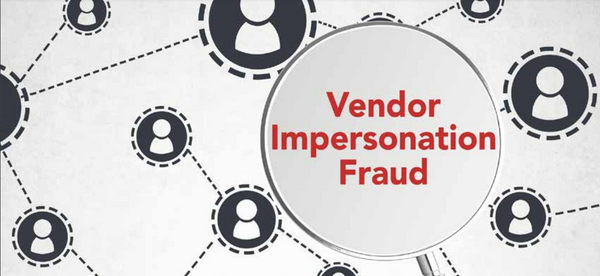Case Study: FinTech Company Gets pwn3d

Incident Overview:
In July 2023, A fintech company (redacted) suffered a significant ransomware attack. The attack did not originate from common vectors like phishing or credential theft. Instead, the attackers exploited an unpatched vulnerability in the fintech's virtual private network (VPN) software. This vulnerability allowed them to gain initial access to the fintech's internal network.
Attack Execution:
Once inside the network, the attackers leveraged the lack of segmentation and internal security controls to move laterally. They identified and targeted critical financial and customer data servers. Within hours, they deployed ransomware across these systems, encrypting vital data and leaving a ransom note demanding payment in cryptocurrency for the decryption key.
Complications in Recovery:
The fintech's recovery efforts were hampered by several factors:
- Lack of Defined RTOs: The fintech's had never established RTOs, leading to confusion and delays in the recovery process. There was no clear understanding or plan on how quickly systems and data needed to be restored to minimize operational impact.
- Duplicate Data and System Sprawl: Over the years, the fintech's had experienced significant system sprawl, with data duplicated across multiple servers and storage systems without clear documentation. This sprawl made it difficult to identify which data was crucial for recovery and which was redundant.
- Inadequate Backup Solutions: Although backups were regularly performed, the fintech's IT team had not tested its restore process under crisis conditions. It turned out that the backups were not as current as believed, and some critical data was missing.
- Resource Constraints: The fintech's IT team was overwhelmed by the scale of the attack and struggled to coordinate recovery efforts effectively.
Impact:
The ransomware attack had far-reaching consequences:
- Operational Disruption: Key financial operations, including online transaction processing, were severely disrupted for several weeks.
- Financial Loss: The fintech faced substantial financial losses, not only from operational disruptions but also from reputational damage, leading to a loss of customer trust.
- Regulatory Scrutiny: The incident attracted the attention of financial regulators, leading to investigations and potential fines for inadequate cybersecurity measures.
Lessons Learned:
- Importance of Patch Management: Regularly updating and patching systems is crucial to protect against known vulnerabilities.
- Need for Defined RTOs: Clearly defined RTOs are essential for effective and timely recovery from cyber incidents.
- Regular Testing of Backup and Recovery Procedures: Regular drills and tests of backup systems can ensure that data recovery is feasible and efficient in the event of an actual crisis.
- Network Segmentation: Implementing network segmentation can limit the spread of such attacks and reduce their impact.
- Incident Response Planning: Having a well-coordinated incident response plan can greatly improve the organization's ability to respond to and recover from cyber attacks.
This incident underscores the ever-present need for vigilance, continuous employee training, and the regular updating of both company procedures and insurance policies. As cyber threats evolve, so must organizational defense strategies.



